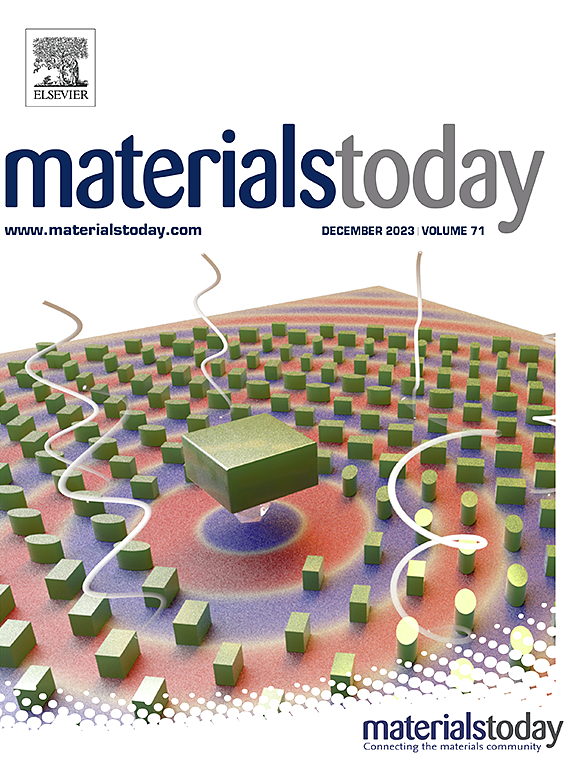Highly silanized cellulose biocomposites for sustainable insulation materials
IF 21.1
1区 材料科学
Q1 MATERIALS SCIENCE, MULTIDISCIPLINARY
引用次数: 0
Abstract
Microfibrillated lignocellulose networks, derived from agricultural byproducts, represent an environmentally friendly biogenic material production due to their abundant availability to circular bioeconomy and inherent carbon sink in life cycle analysis. Yet, its vulnerability to moisture and flammability, coupled with challenges in creating highly reinforced insulation materials, poses challenges for the carbon-zero green building sector. Here we address these challenges with a new concept of in-situ grafting polymerization of nanoporous silica in pre-formed lignocellulosic fiber networks. The seamlessly integrating nanoporous silica with cellulose through hydrogen bonding networks enabled us to prepare highly reinforced biogenic composites for green building insulations. A high reinforcement biocomposite with hierarchal arrangements of nanoporous silica within the cellulose network exhibits remarkable attributes. It boasts a thermal conductivity of 24.2 mW·m−1·K−1, a flexural modulus of 942 MPa, and soundproofing with a 20.8 % noise reduction, as well as the fire resistance characterized by an extended time to ignition and a reduced peak heat release rate of 144 kW·m−2 at 35 kW·m−2 of incident radiant heat flux. Furthermore, it demonstrates a reduced water absorption capacity, dropping from 5.12 g·g−1 to 0.75 g·g−1. Overall, this study opens the new pathways towards sustainable carbon-zero building materials in the context of circular bioeconomy.

求助全文
约1分钟内获得全文
求助全文
来源期刊

Materials Today
工程技术-材料科学:综合
CiteScore
36.30
自引率
1.20%
发文量
237
审稿时长
23 days
期刊介绍:
Materials Today is the leading journal in the Materials Today family, focusing on the latest and most impactful work in the materials science community. With a reputation for excellence in news and reviews, the journal has now expanded its coverage to include original research and aims to be at the forefront of the field.
We welcome comprehensive articles, short communications, and review articles from established leaders in the rapidly evolving fields of materials science and related disciplines. We strive to provide authors with rigorous peer review, fast publication, and maximum exposure for their work. While we only accept the most significant manuscripts, our speedy evaluation process ensures that there are no unnecessary publication delays.
 求助内容:
求助内容: 应助结果提醒方式:
应助结果提醒方式:


